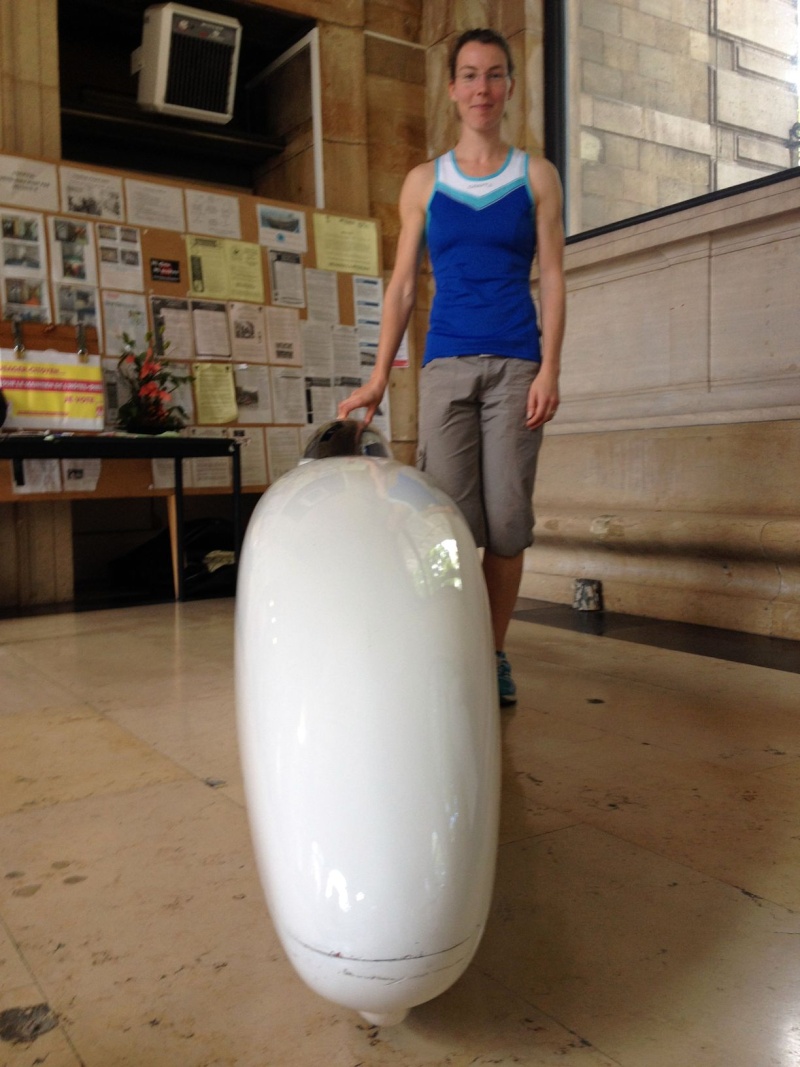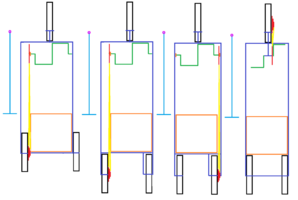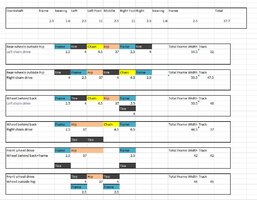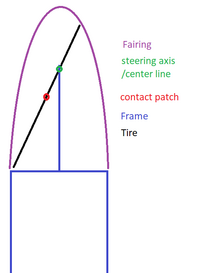- Beiträge
- 18
Varna Torso is an interesting vehicle.
Varna 24

 velorizontal.1fr1.net
velorizontal.1fr1.net
Similarly Asphalttretboot is very interesting, no idlers for example.
I want you to consider how narrow could an Asphalttretboot be before it is no longer practical for turning corners on a road for example.
Also the task of closing the rear end is of concern.
The narrowness is appealing, I can fit inside 37cm at the hip which is narrow. Snoek is 68cm wide, a ~45cm width velo could be very fast?
I have been doing some calculations but they only can take me so far. There are some clever minds here that I hope to pick.
Also can anyone recommend a pre-loadable velomobile universal joint (without slack) for sale that I can purchase for this project?
Varna 24

varna 24 - Varna 24
varna 24 Ce n'est certainement pas une construction amateur, mais d'un grand Amateur de VPH, Georgi Georgiev. Toutefois, je pense que les détails glanés aujourd
 velorizontal.1fr1.net
velorizontal.1fr1.net
Similarly Asphalttretboot is very interesting, no idlers for example.
I want you to consider how narrow could an Asphalttretboot be before it is no longer practical for turning corners on a road for example.
Also the task of closing the rear end is of concern.
The narrowness is appealing, I can fit inside 37cm at the hip which is narrow. Snoek is 68cm wide, a ~45cm width velo could be very fast?
I have been doing some calculations but they only can take me so far. There are some clever minds here that I hope to pick.
Also can anyone recommend a pre-loadable velomobile universal joint (without slack) for sale that I can purchase for this project?




